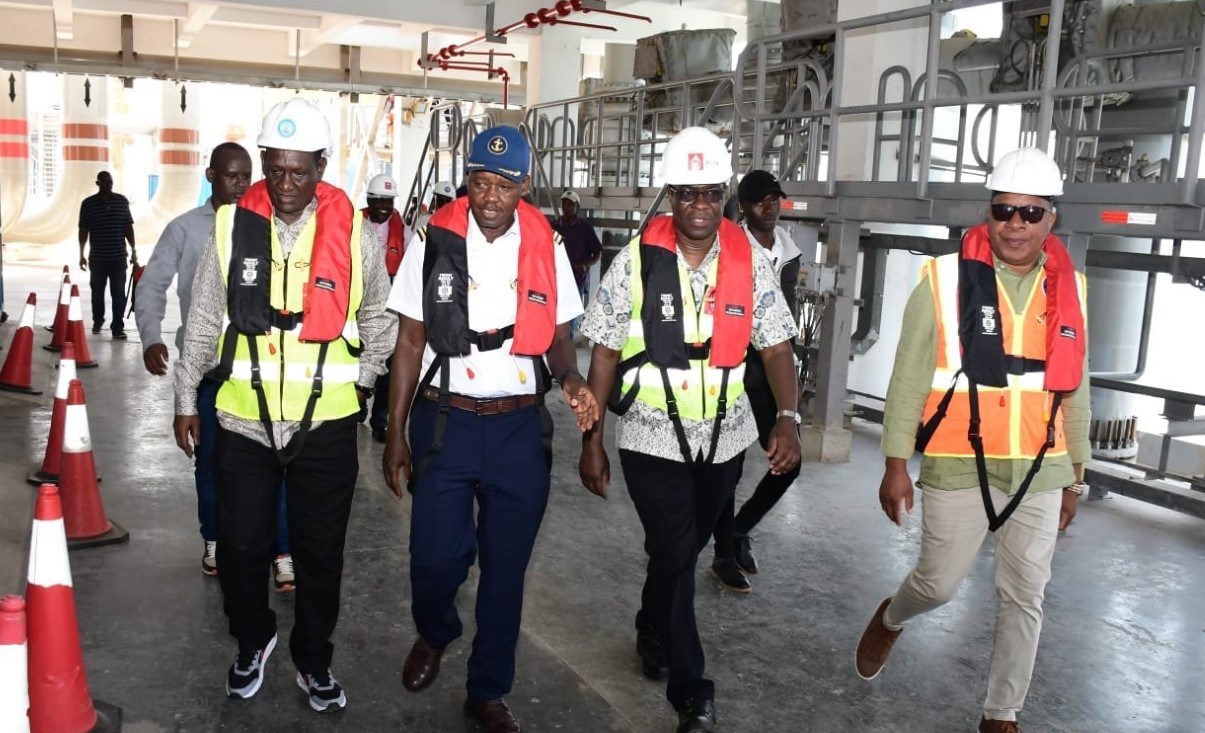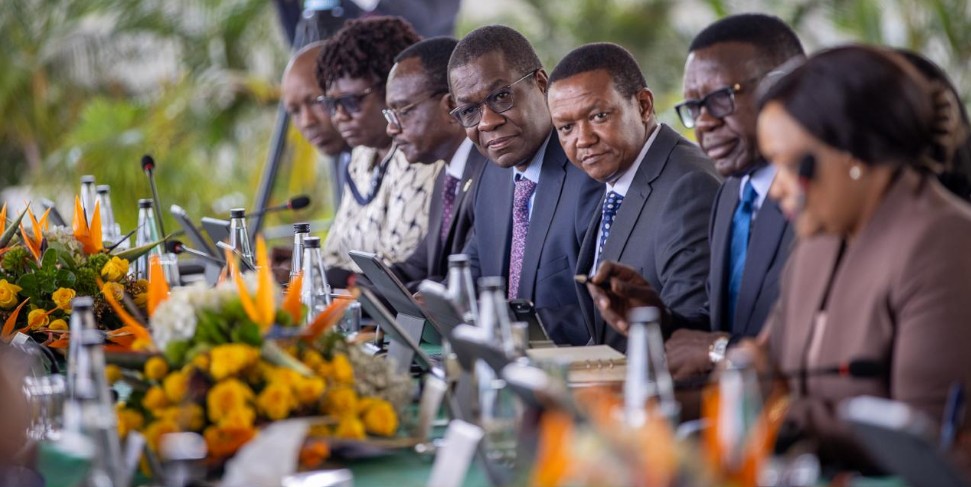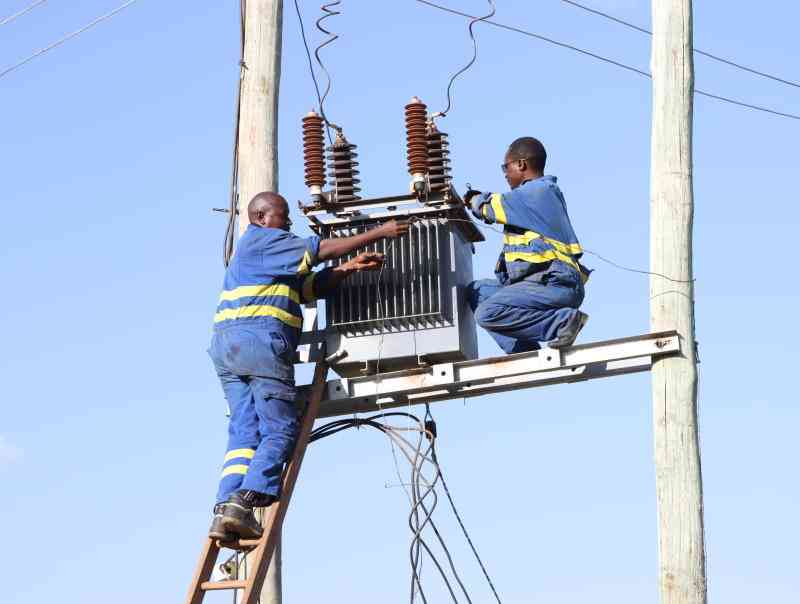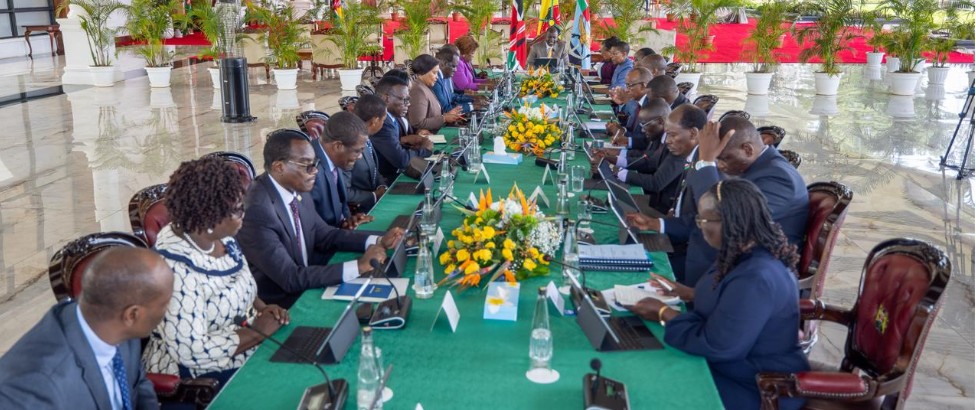Overgeneration fears force Kenya to defer renewable energy projects to 2043

The move comes after the government rejected several proposals from renewable energy investors to avoid generating more power than the country can consume.
Kenya has been forced to delay the implementation of some renewable energy projects due to concerns over overgeneration, which could lead to higher electricity costs.
This move comes after the government rejected several proposals from renewable energy investors to avoid generating more power than the country can consume.
Benson Mwaniki, Director of Renewable Energy on Wednesday, explained that the current expressions of interest in solar energy far exceed what Kenya's infrastructure can handle at this time.
He stressed that the country has made significant progress in mitigating risks associated with renewable projects, largely through efforts by the Geothermal Development Company (GDC).
The GDC has mapped key geothermal resources, while similar mappings for wind and solar energy have reduced exploration risks for investors.
"Because of the requests, that's why we are planning for them so that they don't come at the same time. So we have spread the interests up to around 2041 going to 2043," Mwaniki said.
Electricity tarrifs
While he refrained from sharing exact figures on the number of companies expressing interest, Mwaniki noted that a surplus of electricity production would force Kenya to raise electricity tariffs, which would place a financial burden on consumers.
Kenya's renewable energy strategy involves balancing the supply of power with the nation's demand, with a particular focus on managing the country's energy mix in the short, medium, and long term.
Mwaniki further explained that overproduction would result in higher costs for electricity, as there is a need to manage supply and avoid unnecessary waste.
He highlighted the role of energy storage solutions, which would allow excess energy, such as geothermal, to be stored and used during peak demand periods.
Kenya has made significant strides in the renewable energy sector, with its installed capacity reaching 2,859.4 MW as of June 2024, representing 80.04 per cent of the country's total installed capacity.
Of this, 2,427.1 MW is from interconnected renewable energy sources, and 427.7 MW comes from captive renewable energy.
"Now, we have to ensure that our power mix will be adequate at every time. Like now, we are in 2024. We ensure that whatever we have for 2024 is enough for what we have for 2024," Mwaniki said.
"We look at the forecasting; we talked about forecasting for 2025 and 2026, so what are the potential candidates to fit in to ensure that we have adequate power in that year?" he posed.
Other Topics To Read
To maintain a balanced energy portfolio and avoid an overproduction crisis, the government has decided to delay certain projects until 2043, ensuring that the country's energy supply aligns with the actual demand at each given time.
Top Stories Today










































